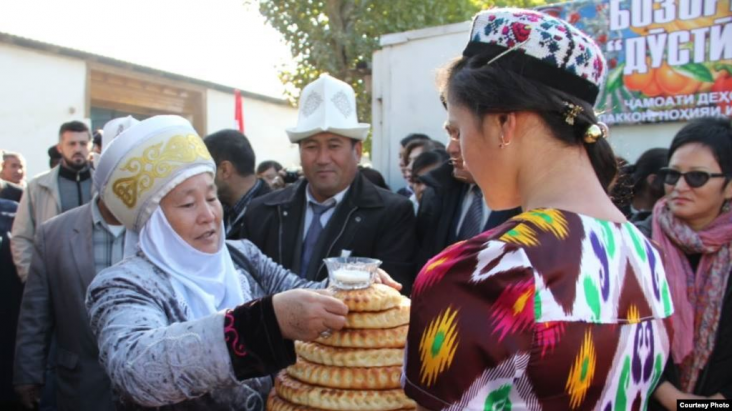Speeches Shim

Since the collapse of the Soviet Union, tensions at the border have been high. In Voruh, a predominantly Tajik-populated village located on the Kyrgyz side in Batken, three violent conflicts have taken place in 2019 alone. The most recent incident in July led to one death and seventeen hospitalizations.
Given the frequency of such clashes, both countries frequently publish one-sided, controversial stories. Tajik and Kyrgyz journalists rarely report perspectives from the other side and usually cite sources only from their respective countries, including some government sources.
With USAID’s support through its Central Asia Media Program, Internews published an analytical article examining the ways in which Tajik and Kyrgyz media covered the most recent conflict. The intent of the article was to promote more accurate reporting and unbiased coverage on border conflicts. Hosted on its popular media education website, Newreporter.org, the article concluded that both sides made inaccurate statements and judgements of each other and described how such coverage disrupts peace-building efforts.
After Newsreporter.org published the article, two leading information agencies, Asia Plus in Tajikistan and 24.kg in the Kyrgyz Republic, decided to cooperate with each other to promote peace at the border. The two agencies signed a memorandum of understanding on July 25, 2019, which stipulated that covering cross-border issues has great social significance for the audiences of the two countries and that as such, information agencies should guarantee accurate, unbiased reporting that includes the opinions of all parties involved.
The USAID Central Asia Media Program runs from 2018 to 2023 and works to improve media capacity to provide balanced, informed, and unbiased reporting on key policy and public interest issues. To date, the program has supported content production by both traditional and non-traditional media on a range of socially significant topics, provided training to media professionals in new media trends and media business models to facilitate financial sustainability of independent outlets, and helped raise media and information literacy of people to become more discerning consumers of information.

Comment
Make a general inquiry or suggest an improvement.